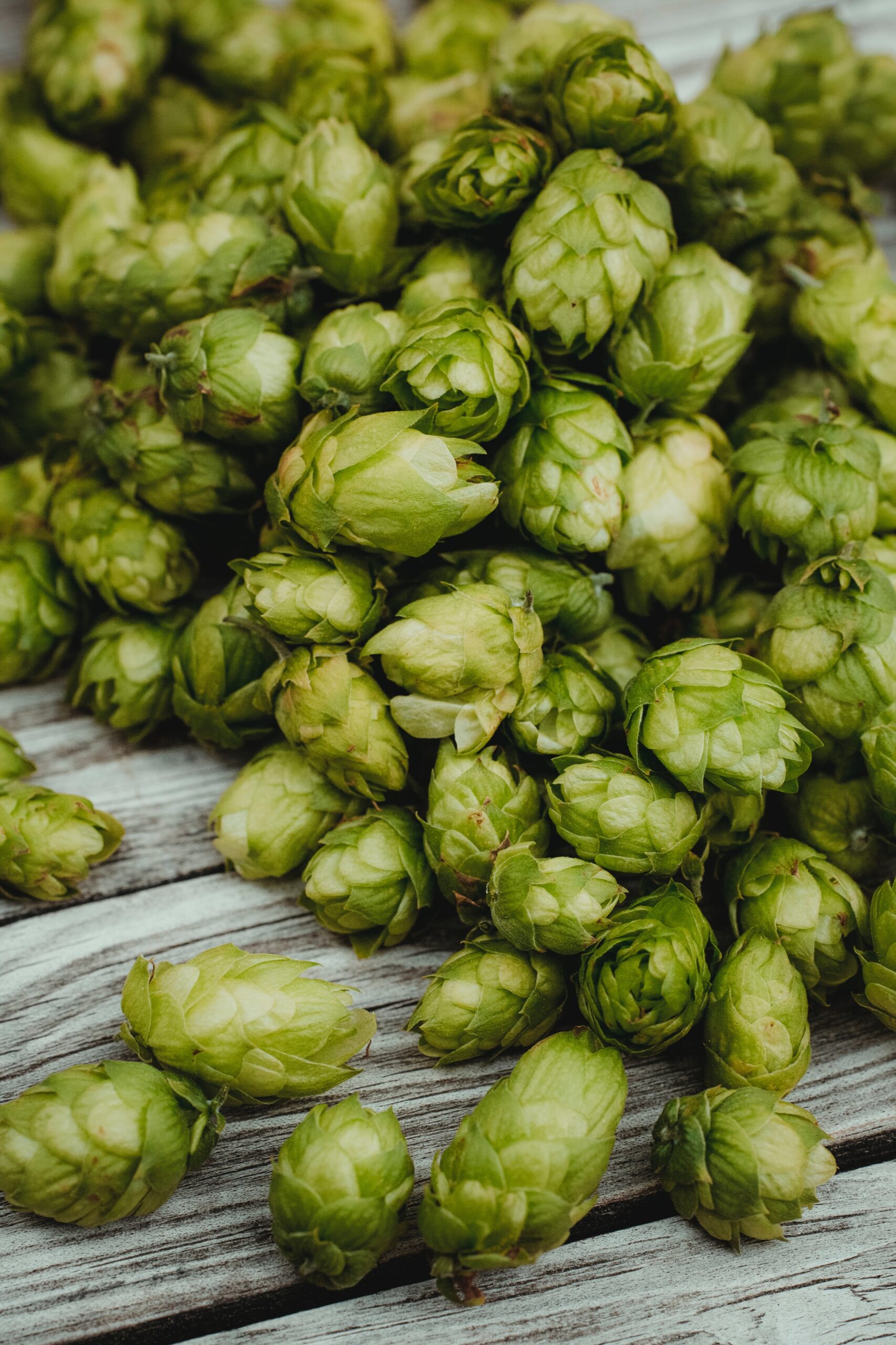
Hop creep, although almost invisible and often not considered, is something that is present at some point in most brews. Whilst it doesn’t always have catastrophic consequences, we are trying to mitigate any negative effects on our brews altogether. In this post we are going to discuss a couple of those effects and how to alleviate them.
Hop creep – what is it?
First, let’s discuss what exactly hop creep is. Hop creep is the reactivation of fermentation in a brew that is brought upon by dry hop additions. The increased popularity of brew styles such as Hazy’s and IPA’s, which call for larger dry hop additions, has brought this potential problem to a head.
Flavour and aroma are the sole reasons as to why we have dry hop additions to begin with, so the introduction of off flavours is obviously something we want to avoid. Diacetyl, a flavor that is often compared to the artificial buttery flavor of popcorn. Whilst not a bad flavour itself or unpleasant in the correct application, it’s certainly not a taste we want to incorporate into our beer.
EXPLODING BEER!
Over pressurization is another byproduct of hop creep. If your brew is not monitored for over attenuation after dry hop additions, come the time of secondary fermentation after bottling you may discover you have a serious issue. Whilst not necessarily an issue for the brewers out there kegging their beer, it’s still something that should be taken into consideration. The other effect this has upon the beer is increasing alcohol percentage as the attenuation decreases the final gravity of the brew. This process takes place as the hops contain enzymes that break down unfermentable dextrins into smaller chain fermentables.
Lastly, we will discuss the measures we can implement to deal with these issues. Dry hopping exposure times play a significant role in the attenuation of the brew. Limiting the duration the dry hop is in contact with the brew will help reduce this. Temperature is probably the biggest factor in reducing the adverse effects of all these issues. Slowly raising the temperature of the brew whilst yeast is present will help break down the diacetyl levels as it helps stimulate the yeast. Moreover, cooling the brew after said time to an adequately low enough temperature will leave the yeast dormant preventing further fermentation.
